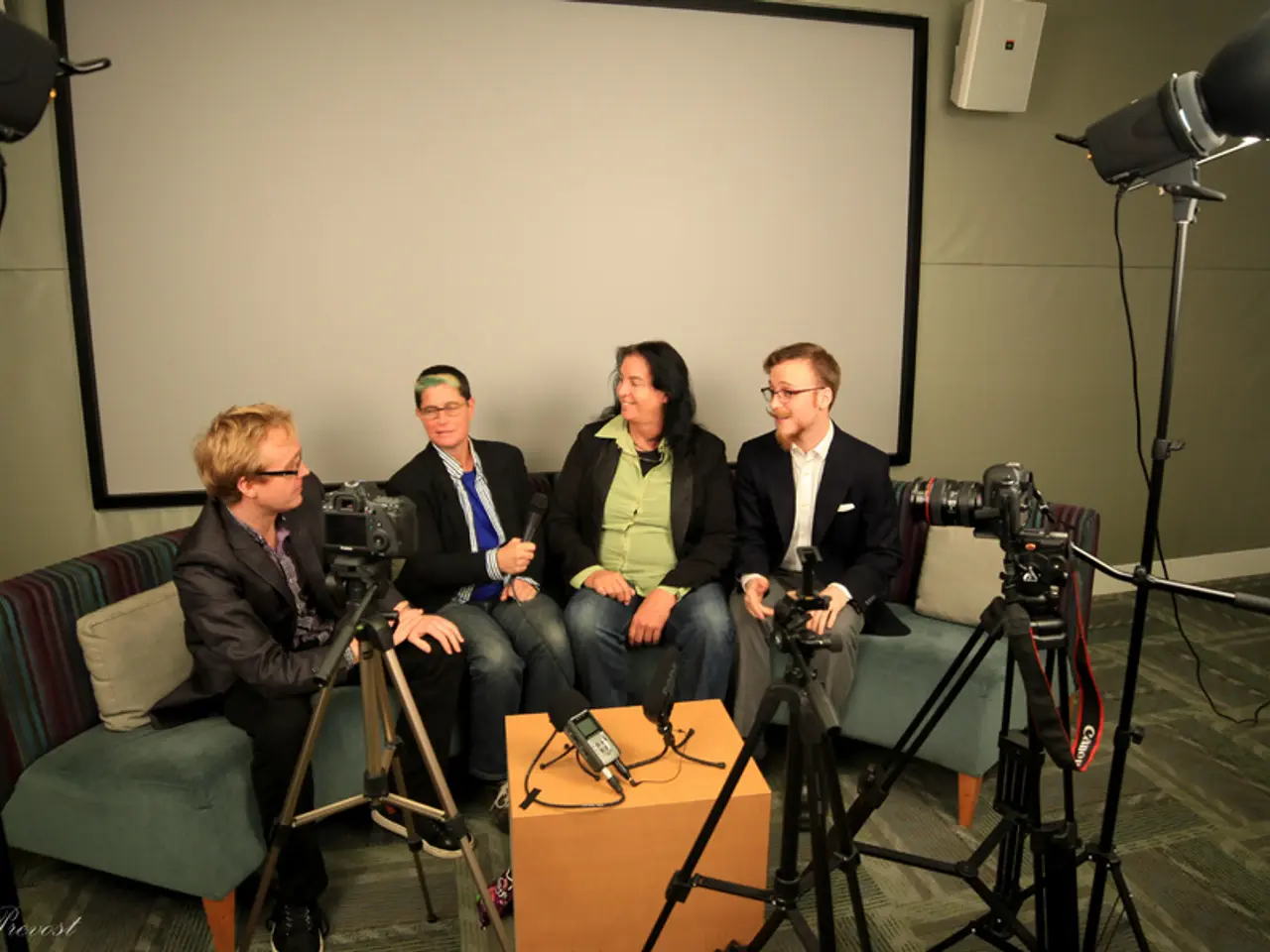Guidance on Questioning Techniques for Judicial Interviews
In the world of 4-H, project judging is an essential educational step that offers recognition and evaluation for the hard work and dedication of its members. The process is designed to help young participants understand their strengths and weaknesses, providing them with valuable feedback and opportunities for growth.
The criteria for judging 4-H projects and interviews generally revolve around four key areas: knowledge, communication, skill, and documentation. Knowledge and understanding of the project topic make up a significant portion of the score, often around 40%. Communication skills, including the ability to clearly explain the project and respond during interviews, account for about 20% of the evaluation. Quality and completeness of project records or e-Records typically count for a portion of the overall score, such as 25% for the information completed in the record book. Skill and craftsmanship in completing the project as demonstrated in the exhibit or presentation are also evaluated.
Interviews are scheduled for each project separately, with time slots arranged through online systems like Fair Entry. If a participant cannot attend an interview, they must submit a completed Interview Judging Form enclosed with their record book. During the interview, participants are expected to demonstrate their project knowledge, discuss their experiences, and display their record keeping.
Preparation, organization, and meeting all project rules are key to success. Tips for a successful judging experience in 4-H include being prepared with a complete, accurate, and well-organized record book or project notebook, arriving dressed appropriately for the project type, practicing explaining your project clearly and confidently, ensuring your exhibit meets all stated project guidelines, scheduling interviews carefully and communicating if you cannot attend, and submitting required forms on time.
Comparing exhibitors involves considering demonstration, involvement beyond project guidelines, and evidence of mastery. Opening questions should be easy and friendly to set members at ease and help them feel good about their accomplishments. On judging day, judges should arrive early, dress professionally, and familiarize themselves with county rules, regulations, selections, and placing criteria.
A system should be used to rank, score, and keep track of members during the interviews. Parents, advisors, other 4-H members, and the general public are typically not allowed in the judging area. As a 4-H judge, you are responsible for recognizing members for participating in an interview, evaluating project compliance, and comparing exhibitors.
Project winners should be selected based on their mastery of project knowledge and skills, as well as their significant accomplishments in leadership and citizenship. Ohio 4-H members are recognized for various achievements, including participation, individual progress, achievement of standards, and results from peer competition. Summary comments and recognition should be given before closing the interview, highlighting the positive aspects, areas for improvement, and handing out grade ribbons.
In summary, 4-H project judging prioritizes knowledge, communication, skill, and documentation, while interviews assess your verbal presentation and understanding of your project. Preparation, organization, and meeting all project rules are key to success.
Engaging in 4-H education and self-development through project work encourages personal growth and learning, as the judging process offers valuable feedback on knowledge, communication, skill, and documentation. Preparation, such as having a well-organized record book and understanding project guidelines, is crucial for a successful judging experience.




